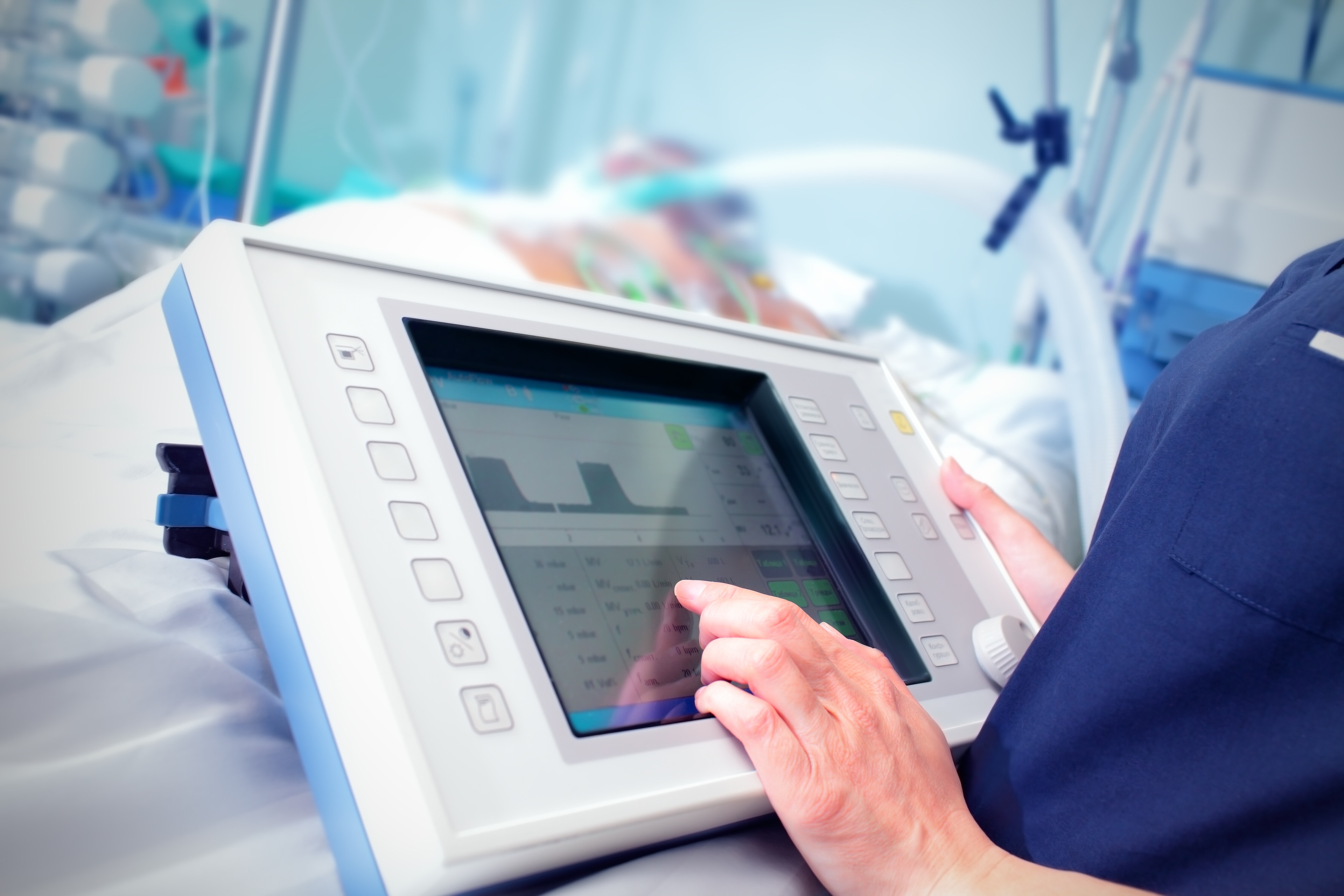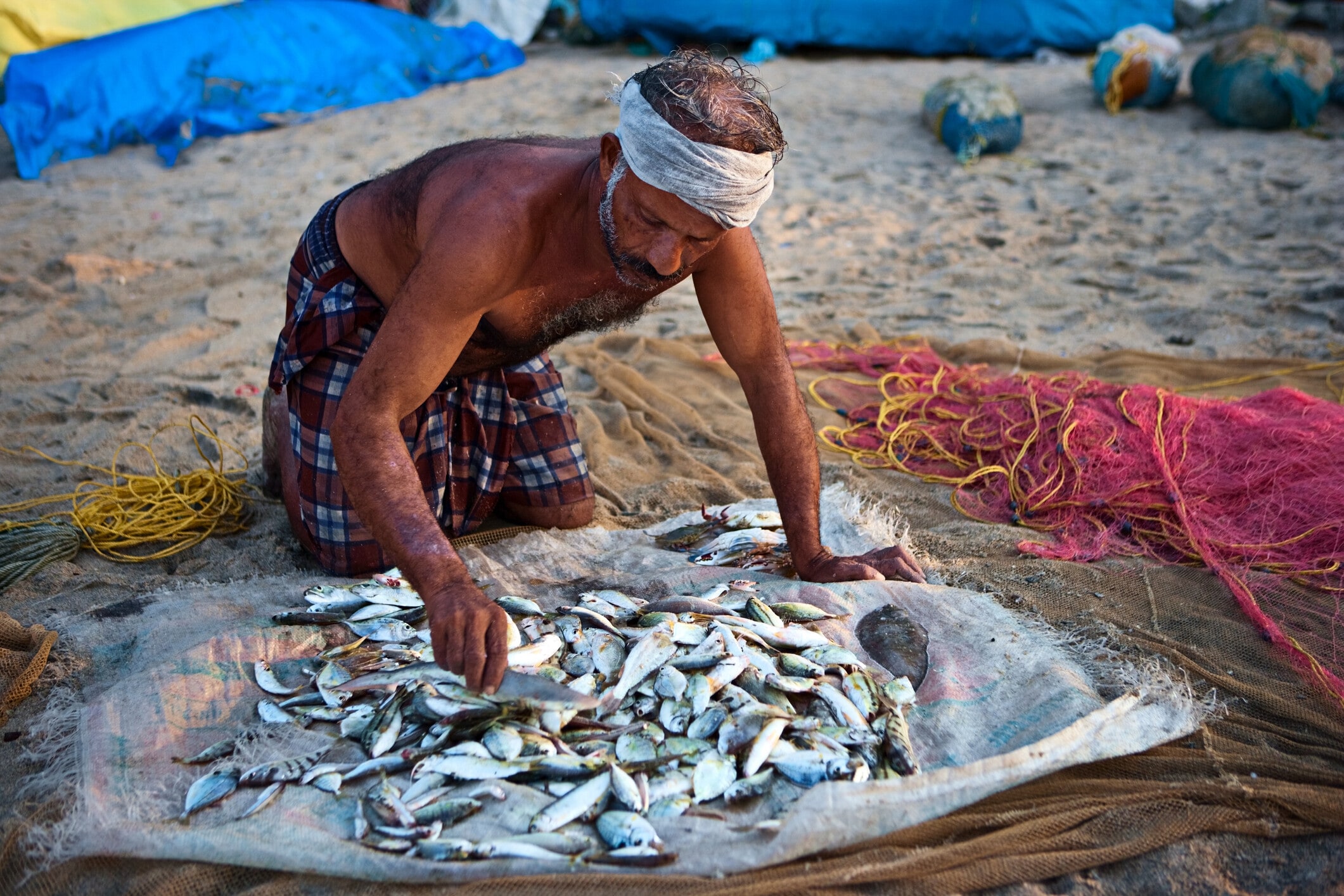New research reveals urban birds as carriers of antibiotic-resistant bacteria. Here's what to know

Antimicrobial resistance kills over a million people a year.
Image: Unsplash/CDC
- Urban birds are carriers of antibiotic-resistant bacteria, new research finds.
- Antimicrobial resistance (AMR) could kill 10 million people a year by 2050, according to the United Nations.
- Dr Shyam Bisham, Head of the World Economic Forum’s Centre for Health and Healthcare, explains why AMR is such a threat to human health, outlining four solutions to help tackle it.
“Most people don't realize that this is a silent pandemic. This is something that is killing over a million people every year, and it can get so bad as to kill 10 million people by 2050 on an annual basis.”
Those are the words of Dr. Shyam Bishen, Head of the World Economic Forum’s Centre for Health and Healthcare, describing antimicrobial resistance (AMR).
This month, scientists at Oxford University published research showing that wild birds living close to humans, like ducks and crows, are likely to carry bacteria with AMR.
Accept our marketing cookies to access this content.
These cookies are currently disabled in your browser.
The findings create “an urgent need for policymakers and health services to consider the different ways antibiotic-resistant bacteria can spread, outside hospital settings”, the researchers at Ineos Oxford Institute said.
Wild birds can cover vast distances and transmit antimicrobial-resistant bacteria to captive birds, such as those in poultry farms, which may then be consumed by humans.
The Forum sat down with Dr. Bishen to discuss the threat of AMR and four possible solutions to help tackle this “silent” killer.
What is AMR?
AMR is effectively another way of describing ‘superbugs’ – pathogens that have gradually developed a resistance to treatment, as Dr. Bishen explains.
“So bacteria, viruses, fungi, pathogens, they mutate over time. That's a defence mechanism for them, against antibiotics. As soon as antibiotics were discovered by Dr Alexander Fleming in 1928 … they started to think about mutation. So when Dr Fleming was receiving his Nobel Prize in 1945, bacteria was already changing.”

The World Health Organization (WHO) describes AMR as when bacteria, viruses, fungi and parasites no longer respond to antimicrobial medicines such as antibiotics, antivirals, antifungals, and antiparasitics.
As a result of this drug resistance, antibiotics and other medicines become ineffective and infections become difficult or impossible to treat, increasing the risk of disease spread, serious illness and death.
AMR is a natural process that happens over time through genetic changes in pathogens, but the process is accelerated by the misuse and overuse of antimicrobials to treat, prevent or control infections in humans, animals and plants, the WHO says.
Why is AMR such a major public health issue today?
Bacterial AMR is estimated to have been directly responsible for 1.27 million global deaths in 2019 and to have contributed to 4.95 million deaths.
While AMR is an issue for all countries, the WHO says developing nations are most affected due to a lack of access to clean water, sanitation and hygiene, poor infection and disease prevention and control, and the unavailability of quality and affordable vaccines, diagnostics and medicines.
According to World Bank estimates, AMR could result in $1 trillion additional healthcare costs by 2050 and between $1 trillion and $3.4 trillion in gross domestic product losses per year by 2030.
Dr. Bishen said: “AMR kills more people now than HIV, than malaria, than even tuberculosis … results in longer hospital stays, in infectants sticking around much longer, which results in higher medical and healthcare costs as well as higher mortality. So this is a huge global issue right now”.
What is the World Economic Forum doing to improve healthcare systems?
Four ways to tackle AMR
There are four “solutions for AMR”, according to Dr. Bishen: Preventing infection in the first place; widening access to global healthcare; innovation through research and new technologies; and responsible stewardship of existing and emerging treatments.
1. Prevention
The idea is to “stop infections from happening altogether” but that if they do happen, “we catch them early on and we treat them”, Dr. Bishen explains. For this to happen, there has to be “good surveillance and there has to be good disease intelligence so that we catch the infections”, he added.
2. Access
“We want to make sure that people around the world have good access to diagnostics, to treatments, to vaccines,” says Dr. Bishen. “That is a huge problem right now. Access is pretty good in high-income countries but, again, if we go back to low- and middle-income countries, not everyone has access to diagnostics to vaccines or to treatment.”
3. Innovation
Dr. Bishen says it’s vital new drugs are developed that can treat antimicrobial-resistant infections, and that healthcare professionals are provided with opportunities to innovate.
“We want to make sure that we are providing incentives for [research and development (R&D)] to come up with new drugs that can treat resistant pathogens.
“So innovation is critical here, and that's where the financing comes into play – we want to make sure that there are enough funds available for R&D, but also there are enough incentives available for pharmaceutical companies and for biotech companies to conduct that R&D so that they can return on their investment.”
Artificial intelligence (AI) is helping scientists “find new antibiotics”, Dr. Bishen points out.
“Using artificial intelligence, you can design new molecules much more easily,” he said. “You can conduct some of the efficacy and safety studies, meaning clinical trials will be faster and more cost-effective.”
“AI is being used in drug discovery quite effectively,” he added. “There are many clinical development candidates that have come out of AI drug discovery. [AI is] also being used by many biotech companies in the US and in Europe to discover new antibiotics, antibiotics that will work against resistant bacteria – but we are not there yet, these are still early days.”
4. Stewardship
Preventing the overprescription of existing treatments, which contributes to pathogens developing resistance to antimicrobial medicines, is crucial in combating AMR, says Dr. Bishen. “There has to be good and sensible use of antibiotics, both for humans as well as for farming and agriculture,” he said.
So how can these four solutions be deployed together in the right way? In 2015 the World Health Assembly – the decision-making body of the WHO – adopted a global action plan on AMR, which outlines five objectives to drive these solutions forward worldwide.
1. To improve awareness and understanding of antimicrobial resistance through effective communication, education and training.
2. To strengthen the knowledge and evidence base through surveillance and research.
3. To reduce the incidence of infection through effective sanitation, hygiene and infection prevention measures.
4. To optimize the use of antimicrobial medicines in human and animal health.
5. To develop the economic case for sustainable investment that takes account of the needs of all countries and to increase investment in new medicines, diagnostic tools, vaccines and other interventions.
Global collaboration is essential to tackling AMR, according to Dr Bishen.
“If we don't come together at a global scale with policymakers, public health officials, the public at large, and pay attention to this, it will become a huge problem for us,” he said.
By 2050, the economic impact of AMR “could be as much as $100 trillion. So this will have a huge impact on our society if we don't work together to solve this problem”.
Accept our marketing cookies to access this content.
These cookies are currently disabled in your browser.
Don't miss any update on this topic
Create a free account and access your personalized content collection with our latest publications and analyses.
License and Republishing
World Economic Forum articles may be republished in accordance with the Creative Commons Attribution-NonCommercial-NoDerivatives 4.0 International Public License, and in accordance with our Terms of Use.
The views expressed in this article are those of the author alone and not the World Economic Forum.
Forum Stories newsletter
Bringing you weekly curated insights and analysis on the global issues that matter.
More on Health and Healthcare SystemsSee all
Charlotte Edmond
August 11, 2025
Adriana Banozic-Tang and Heng Wang
August 5, 2025
Tom Crowfoot
July 30, 2025
Pranidhi Sawhney and Adam Skali
July 29, 2025
Mohammad Isham Jaafar and Gong Yingying
July 22, 2025




